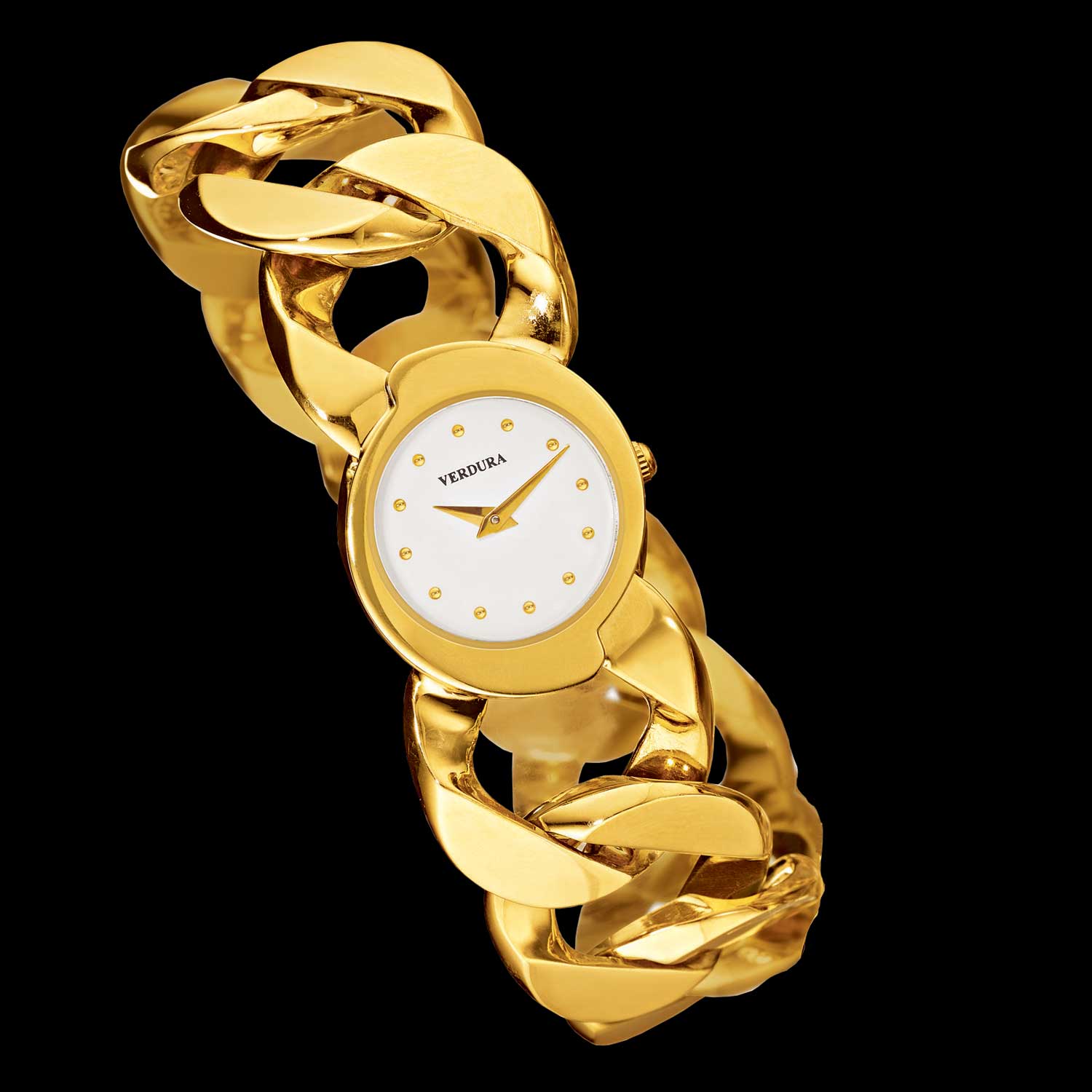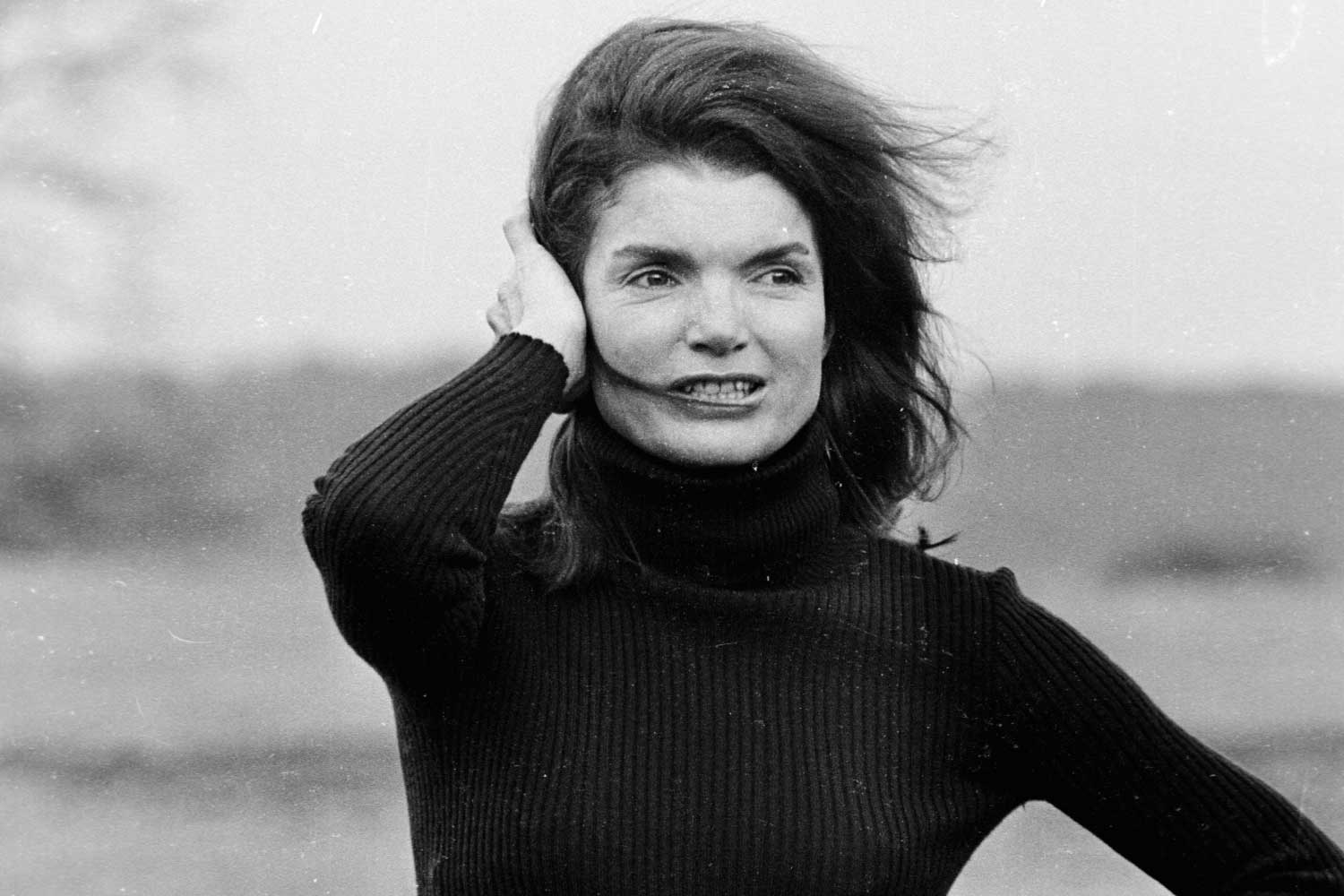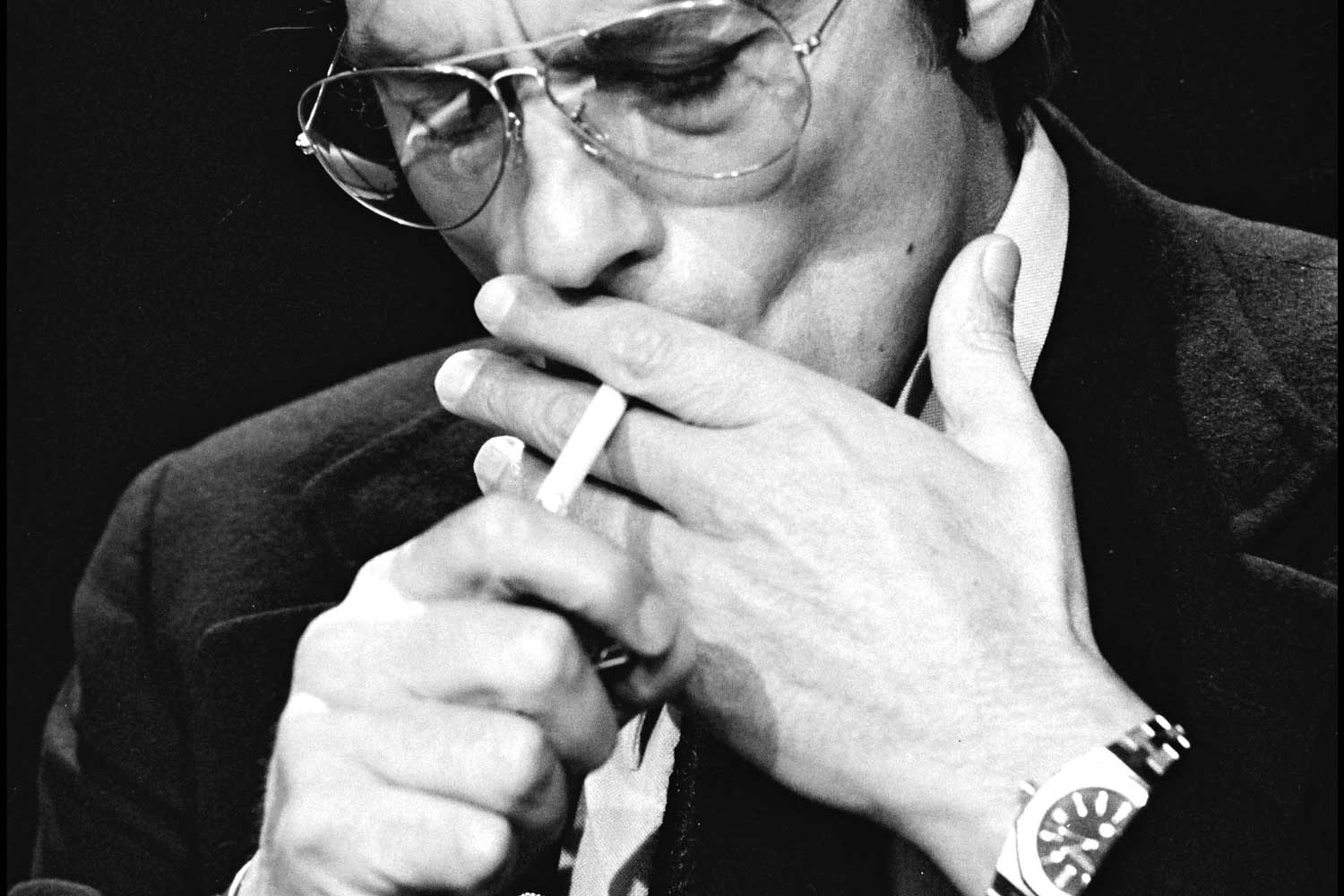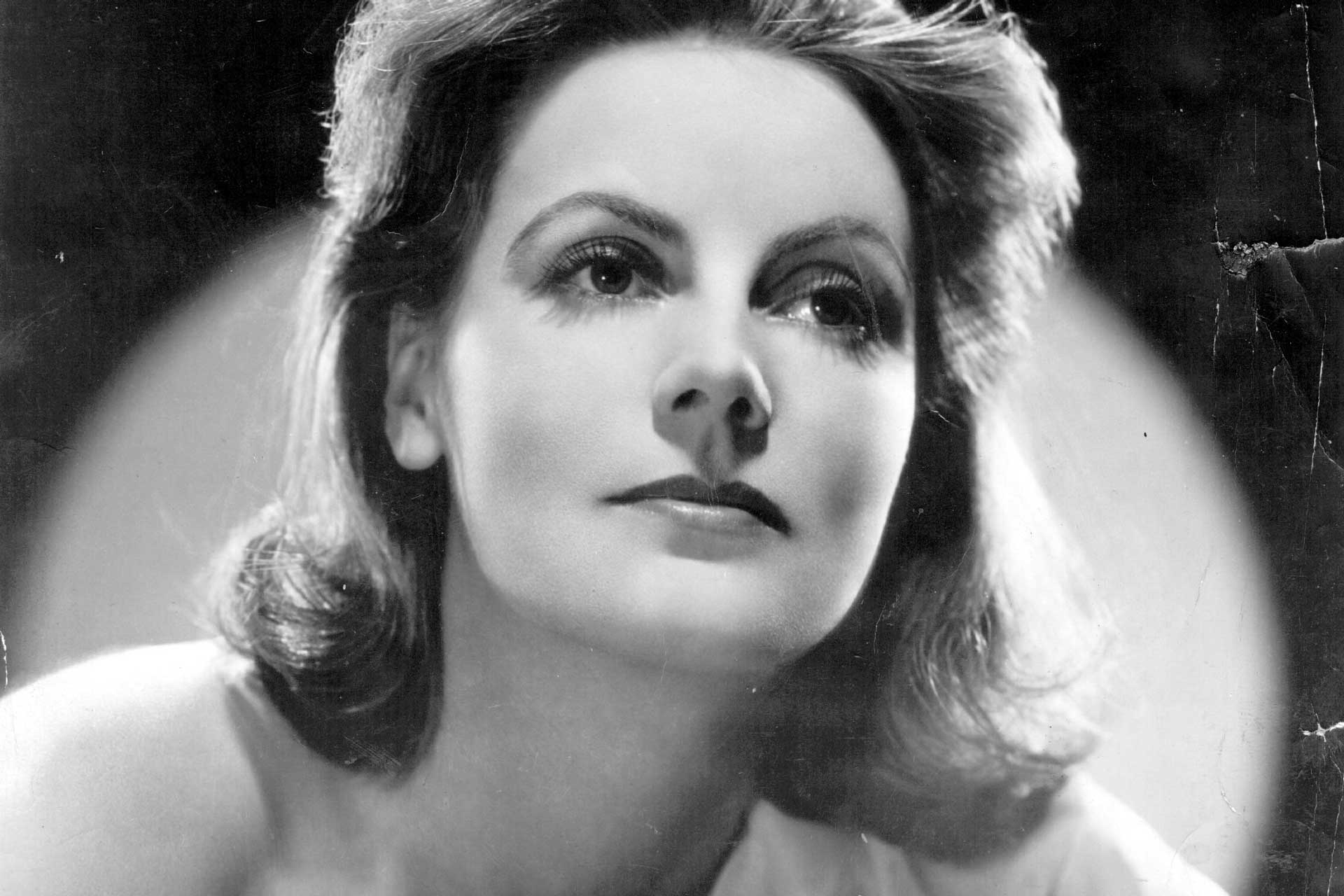
The enigmatic, alluring actress Greta Garbo was a Swedish import to Hollywood who survived the transition from silent movies to talkies only to retire at the height of her fame in 1941. Lured by Louis B Meyer with a contract at MGM in 1925, Garbo was cast as a mysterious, European femme fatale a full five years before her rival Marlene Dietrich arrived in Hollywood. It was Garbo and her paramour, the Sapphic poet, novelist and screenwriter Mercedes de Acosta who popularised masculine slacks, brogues and tailored jackets before Dietrich, Katherine Hepburn and Carole Lombard.
Hollywood’s sharpest tongue with a tang, Bette Davis, said of Garbo: “Her instinct, her mastery over the machine was pure witchcraft. I cannot analyse this woman’s acting. I only know that no one else so effectively worked in front of a camera.” The talkies killed many careers but Garbo’s sultry Swedish accent in her first talking picture, Anna Christie (1930), proved seductive and she scored a string of box office successes for the rest of the decade: Mata Hari (1931), Grand Hotel (1932), Queen Christina (1933), Anna Karenina (1935) and Ninotchka (1939). A born tragedienne, Garbo’s on-screen persona was so intense that MGM advertised the light comedy Ninotchka with the headline: “Garbo laughs!”
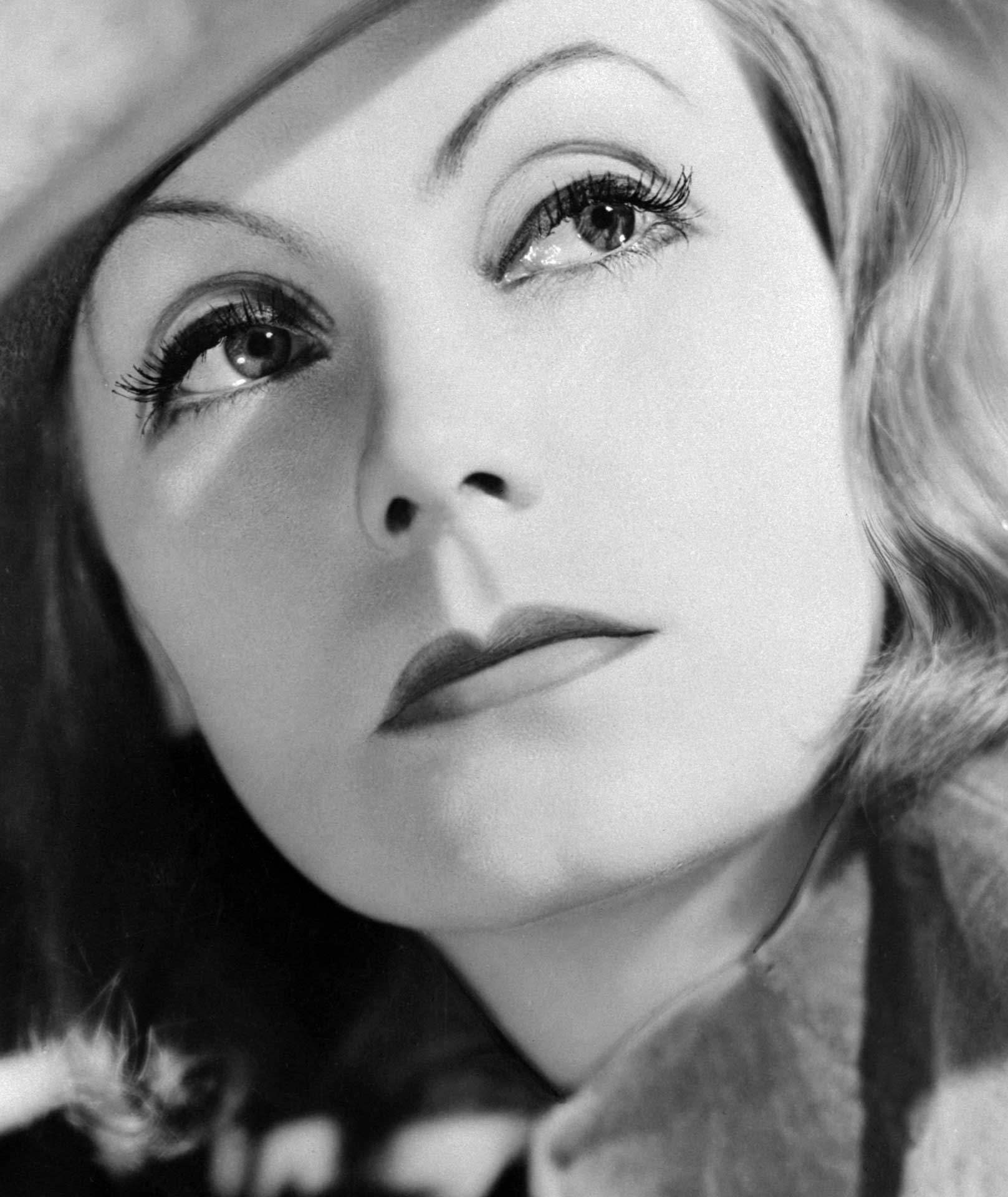
All by Herself
Garbo will forever be associated with her most famous line from Grand Hotel: “I want to be alone.” She was notoriously antisocial, refused to sign autographs and wouldn’t even attend her own film premieres, saying: “If only those who dream about Hollywood knew how difficult it all is.” Garbo was 36 when what proved to be her last film, Two Faced Woman (1941), sank at the box office.
Gradually sacrificing her looks and becoming increasingly eccentric, Garbo relocated to an apartment in New York after the Second World War and spent the years until her death in 1990 playing cat-and-mouse with press and intrusive fans. When cornered and asked if it was she, the reclusive star would only say, “I was Greta Garbo”. Awarded an honorary Academy Award in 1955, she refused to film an acceptance speech, let alone attend. Of her decision to abandon the limelight, Garbo would only comment: “I never said I want to be alone. I only said I want to be left alone. There is a whole world of difference.”
Though MGM costume designer Adrian dressed her like a goddess, most famously in Byzantine-meets-Art-Deco gowns for Mata Hari, Garbo’s style in her personal life was masculine and utilitarian. But she had an eye for old masters – collecting works by Renoir and Bonnard – that was matched by her epicurean choice of watch. In the late-1930s, she acquired one of the very few watch designs by America’s Crown Jeweller Count Fulco di Verdura (1898-1978). A hybrid of Verdura’s Curb Link bracelet – an elegant yellow gold interlocking chain that is slim and streamlined in its construction – Garbo’s watch simply replaces one of the links with a circular case. It is a study in understatement.
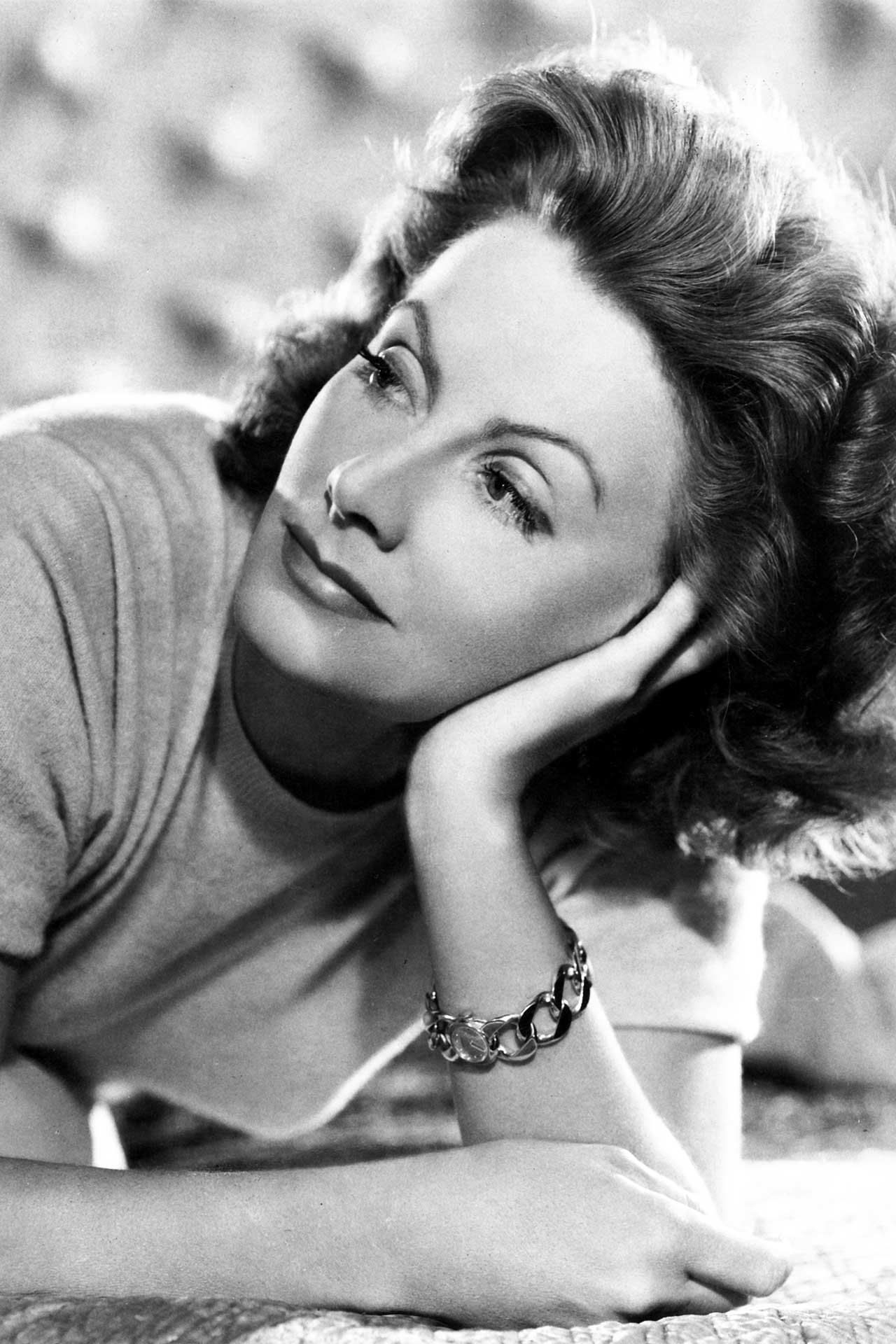
Glam Band
Fulco di Verdura was from Sicilian aristocratic stock. As vibrant and sociable as Garbo was solitary and abrasive, Verdura was a protégé of charismatic composer Cole Porter and his wife Linda who introduced the young man to Gabrielle “Coco” Chanel at a party in their Venetian palazzo. It was Verdura who crafted the white enamel bracelets inset with gold, coloured stone and diamond Maltese crosses that became a signature for the empress of Parisian fashion. Harpers Bazaar fashion editor Diana Vreeland led Verdura to Hollywood jeweller Paul Flato, for whom he worked in the 1930s before Vincent Astor and Cole Porter financed Verdura’s Fifth Avenue boutique in 1939.
The flamboyance and joie de vivre of Verdura’s work made him popular with Hollywood goddesses such as Joan Crawford and Joan Fontaine, as well as Dietrich and Garbo. But his core customers were the ladies that author Truman Capote would christen “Swans”. Wealthy, international and with impeccable taste, the Swans who commissioned Verdura included his muse Babe Paley, Millicent Rogers, Slim Keith, Betsey Whitney, Marella Agnelli and Pamela Harriman. Though Verdura retired in 1973, the marque lives on. In addition to Garbo’s Curb Link bracelet/watch, the house still produces the ingenious yellow gold Rope Link charm bracelets from which pineapple and beehive pendant watches hang.
